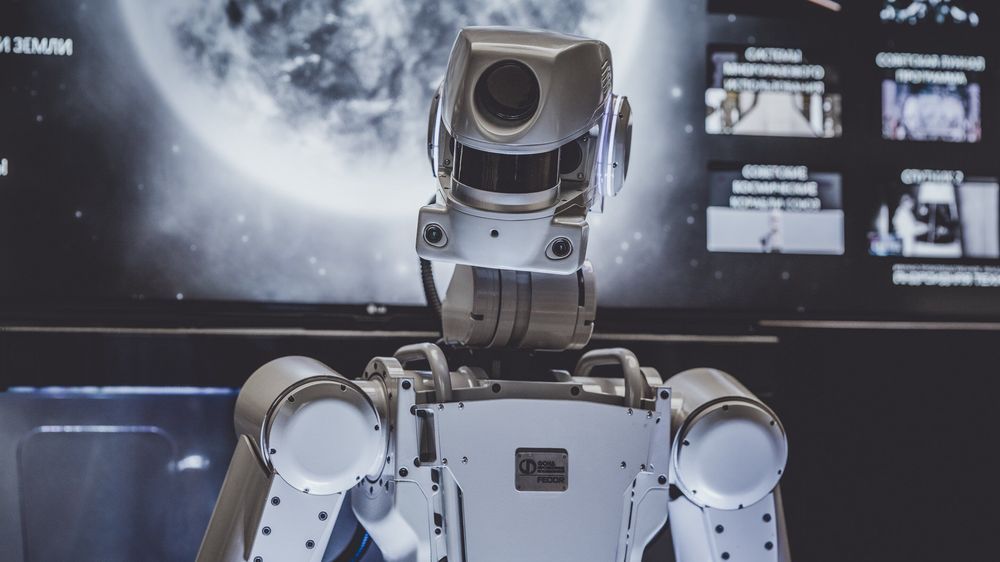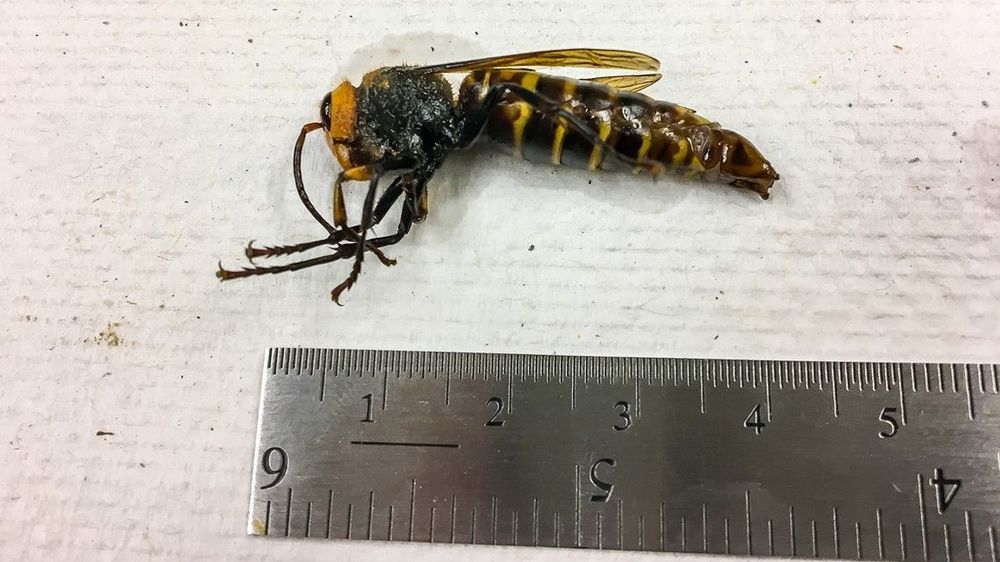
Category: futurism – Page 895




What If Earth Was As Big As the Sun?
Welcome to giant Earth!

The Mini Tesla!
Watch this this mini Tesla Cybertruck slay in a tug of war! Its so mini I thought it was controlled with a remote control… but it’s not… Check it out guys thanks to The Hacksmith.
USSF Transfer Q & As
Some answers to your questions, please keep asking, and thanks for your patience as we #buildthespaceforce. #USSF #SpaceForce


The Objectivity Myth: What we call “Objective Reality” is just a colorful misnomer
Objective reality is merely a pattern that a mind constructs because it provides a useful simplified explanatory scaffolding of the long series of subjectively perceived moments stored in its memory. Needless to say that the Vigner’s Friend experiment mentioned in the article is not the only experimental evidence for the objectivity myth. Think about it when the next time you come across these overloaded terms ‘objective reality’ and ‘objectivity’ — to be precise, they mean ‘intersubjectivity’ instead: Termites would never comprehend chess, for example, this human abstraction lies beyond their species-specific intersubjective mind-network. Apart from inter-species levels of abstractions we should consider psychological, cultural and linguistic differences between individuals of the same species that makes objectivity simply non-existent. Conclusion: we can still use ‘objective reality’, ‘objectivity’ or ‘objectively’ colloquially but we should bear in mind that in a deeper sense these terms are no more than colorful misnomers. https://medium.com/@alexvikoulov/the-objectivity-myth-what-w…b697a5179d
#ObjectivityMyth #ObjectiveReality #ConsensusReality #intersubjectivity #UniversalMind #UniversalConsciousness
“It will remain remarkable, in whatever way our future concepts may develop, that the very study of the external world led to the conclusion that the content of consciousness is the ultimate reality.” –Eugene Wigner